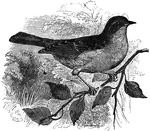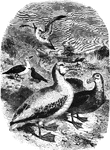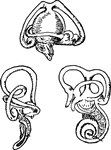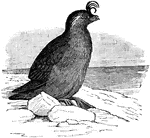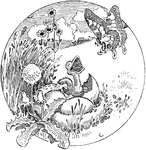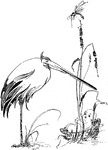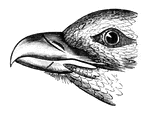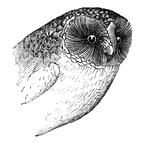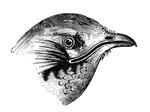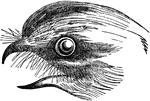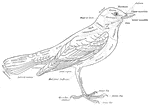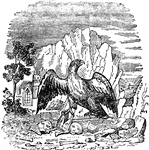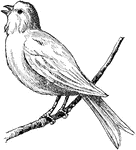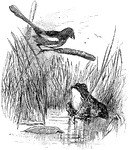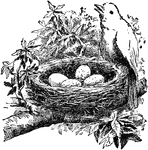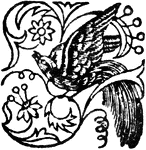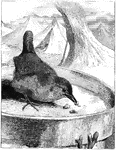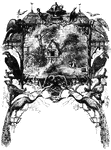
Advantage Rebus
"A bird in the hand is worth two in the bush." Its better to have a small advantage rather than a greater…

Agami
"A grallatorial bird, a native of South America, often called the golden-breasted trumpeter."-Whitney,…
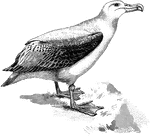
Wandering Albatros
"The Wandering Albatros of the Southern Oceans is white with narrow dusky undulations above and almost…

Wandering Albatross
The wandering albatross (Diomedea exulans) is a seabird with the largest wingspan of any living bird.
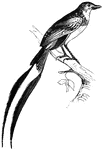
Tricolored Alectrurus
Native to South America, the tricolored alectrurus measures only six inches in length.
The Alimentary Canal of a Fowl
Birds usually have three cavities or stomachs. Labels: 1, The esophagus. 2, Ingluvies (crop). 2, Proventriculus…
The Alimentary Canal of the Flying Lizard
In reptiles the alimentary canal differs much from that of mammals or birds. As a general rule, it is…
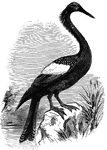
Anhinga
Also known as the snake-bird, the anhinga inhabits the freshwater areas of the South Atlantic States;…
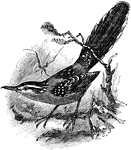
Ferruginous Antbird
The Ferruginous Antbird (Drymophila ferruginea) is a bird in the Thamnophilidae family of antbirds.…
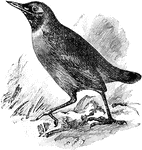
Black-Faced Antthrush
The Black-Faced Antthrush (Formicarius analis) is a bird in the Formicariidae family of ground antbirds.…
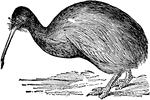
Apteryx
"Apteryx is a genus of birds, the typical one of the family apterygidæ. Two species are known-…

Humboldt's Araçarl
A native of Brazil, Humboldt's araçarl averages approximately seventeen inches in length
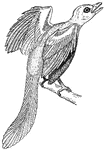
Archaeopteryx
Archaeopteryx, sometimes referred to by its German name Urvogel ("original bird" or "first bird"), is…
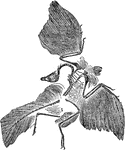
Archaeopteryx Fossil
An illustration of the skeletal fossil of Archaeopteryx, the earliest and most primitive bird known.…

Penaud's Artificial Flying Bird
An illustration of Penaud's artificial flying bird. "a b c d, a', b' c' d', lactic wings which twist…
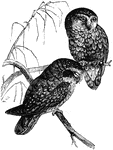
Athene Maculta
Athene maculta, which derive their name from the Greek goddess of wisdom, supposedly for their meditative…
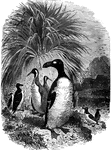
Great auk, razor-bills, and puffins
A scene depicting a great auk, as well as razor-bills and puffins. The great auk is now extinct.
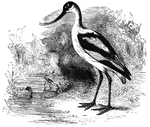
Avocet
The avocet averages about eighteen inches in length, feeding on worms, aquatic insects, and thin-skinned…
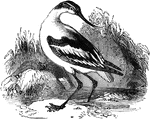
Pied Avocet
The Pied Avocet (Recurvirostra avosetta) is a large wader in the avocet and stilt family, Recurvirostridae…
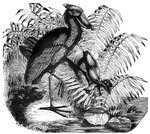
Balœniceps
About three feet, nine inches in height, the balœniceps is native along the banks of the White…
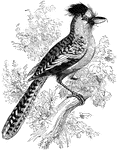
Batara
Taking its name from the Azara people of South America, the batara is the largest of the shrikes.
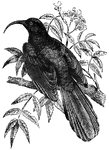
Namaqua Bee-Eater
The namaqua bee-eater, native to Western Africa. Its diet consists of insects, particularly bees and…

Burying Beetles, Burying a Dead Bird
Also called Sexton Beetles, these beetles bury the carcasses of small vertebrates as food for their…

Bill of Gadwall
The bill of the Gadwall Duck, showing the comb-like 'teeth' that they are known for.

Bird Arteries
Arteries of the trunk of a bird. 1: The aorta. 2: The vena cava. 3: A cerebral artery. The small lines…
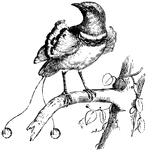
Bird of Paradise
Birds-of-paradise are brilliantly colored, many having tufts or wires that float on the breezes.
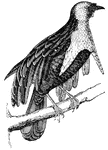
Bird of Paradise
Birds-of-paradise are brilliantly colored, many having tufts or wires that float on the breezes.
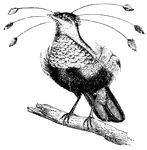
Bird of Paradise
Birds-of-paradise are brilliantly colored, many having tufts or wires that float on the breezes.
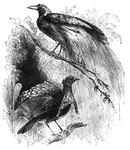
Bird of Paradise
A pair of birds of paradise, the emerald bird of paradise (above) and the superb bird of paradise (below).
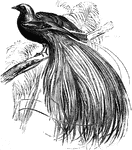
Greater Bird of Paradise
The Greater Bird of Paradise was once called as the Emerald Bird of Paradise because of the dark green…

King Bird of Paradise
Birds of Paradise are allied to the crows and found mainly in New Guinea. The king bird has beautiful…
